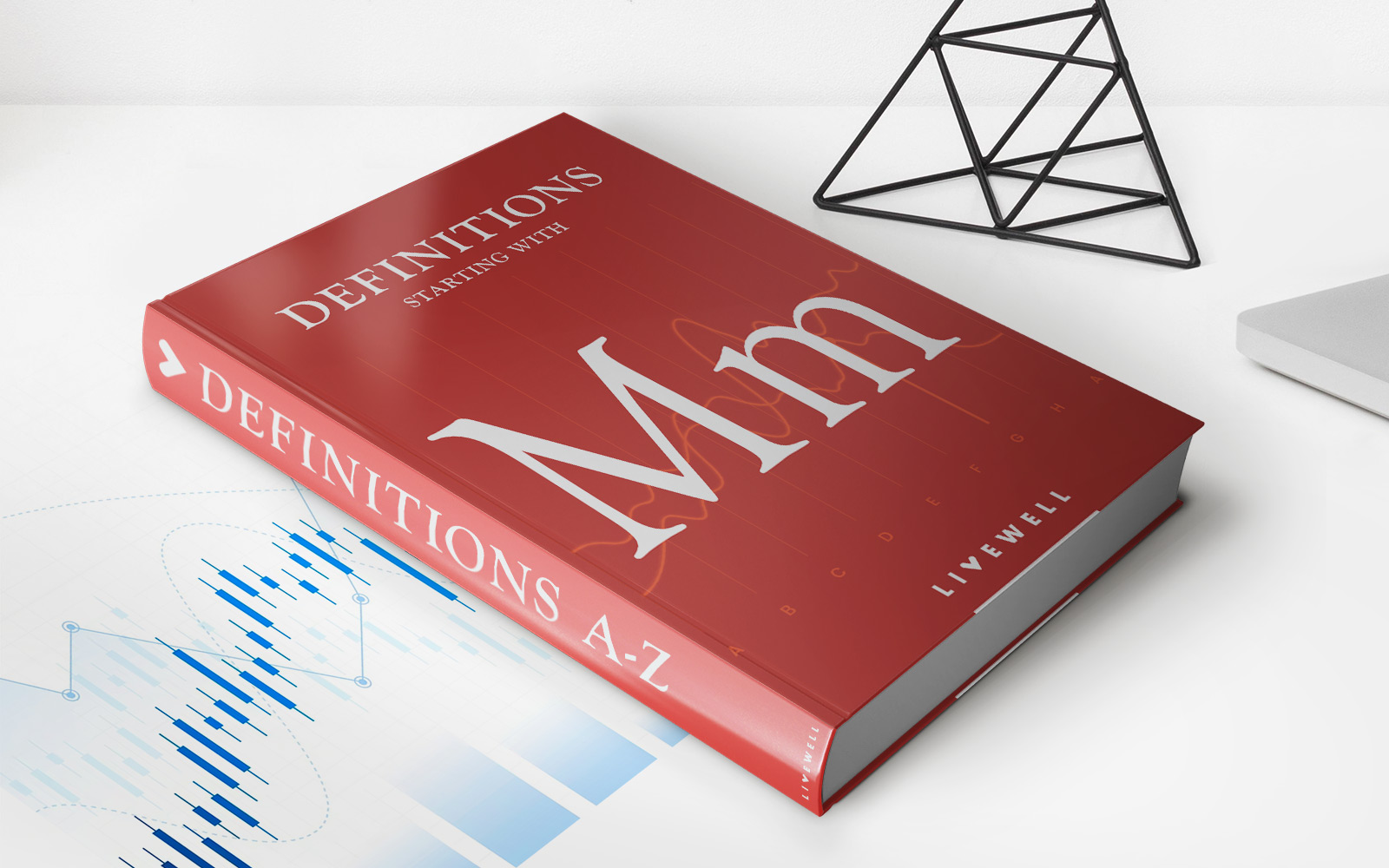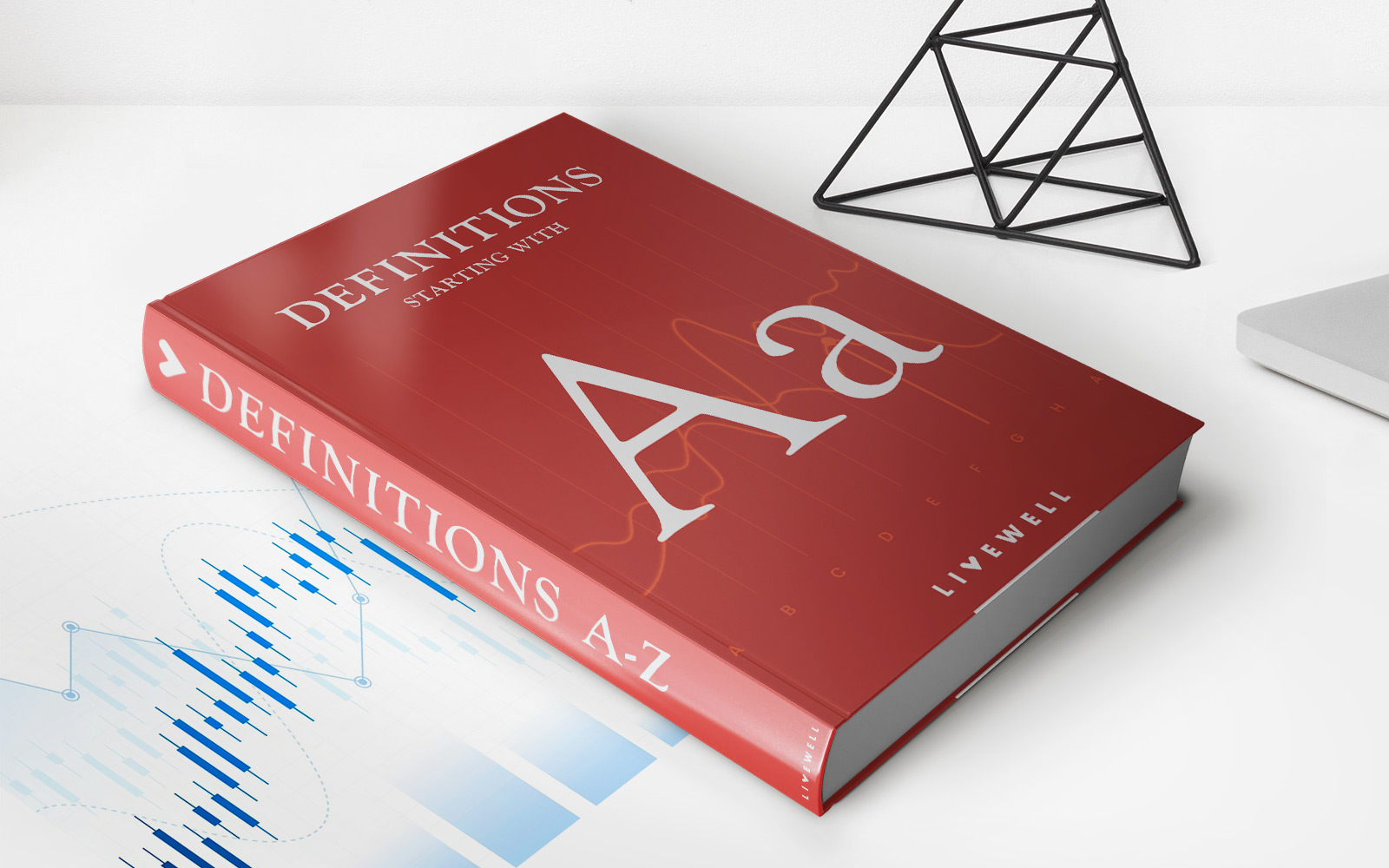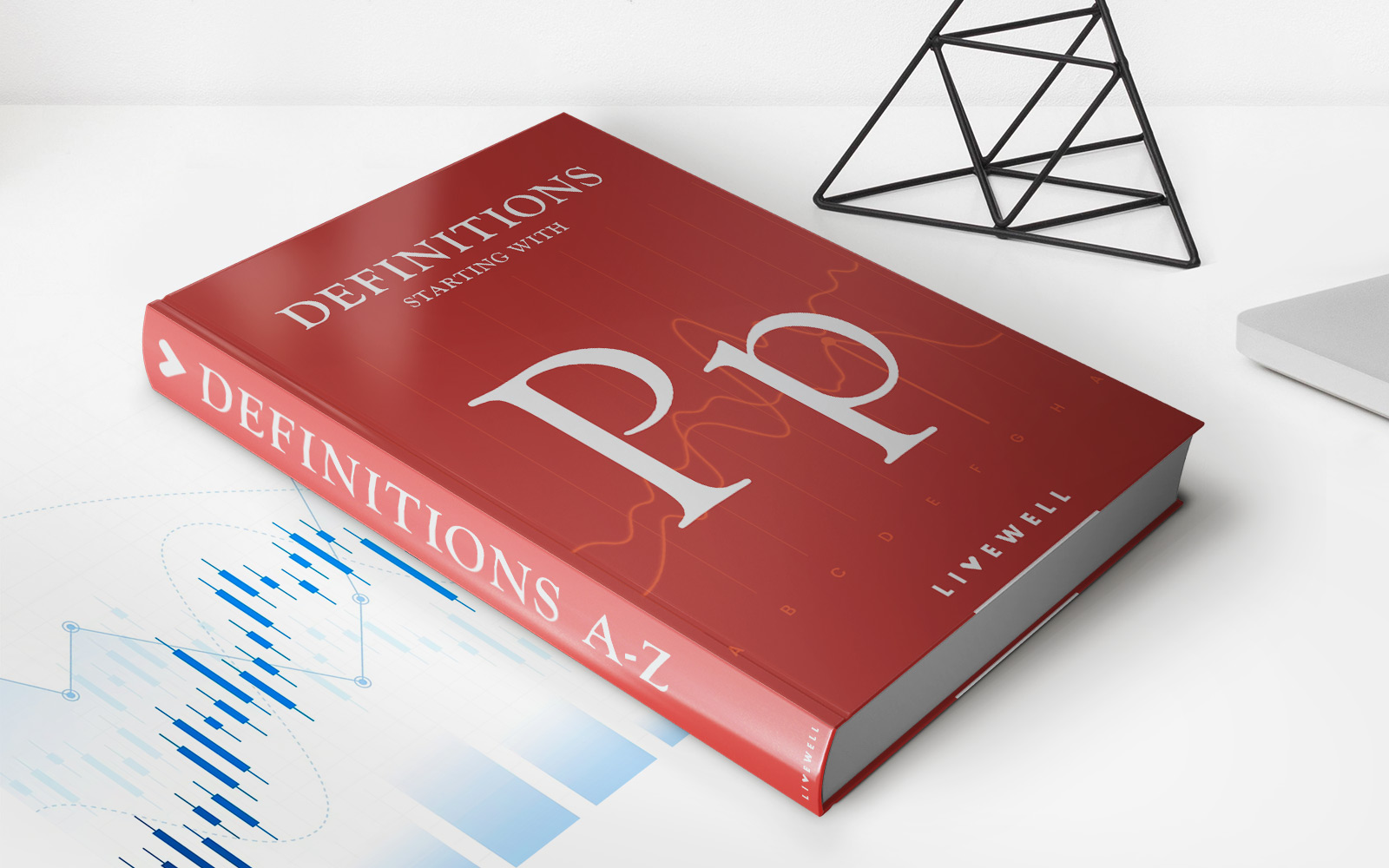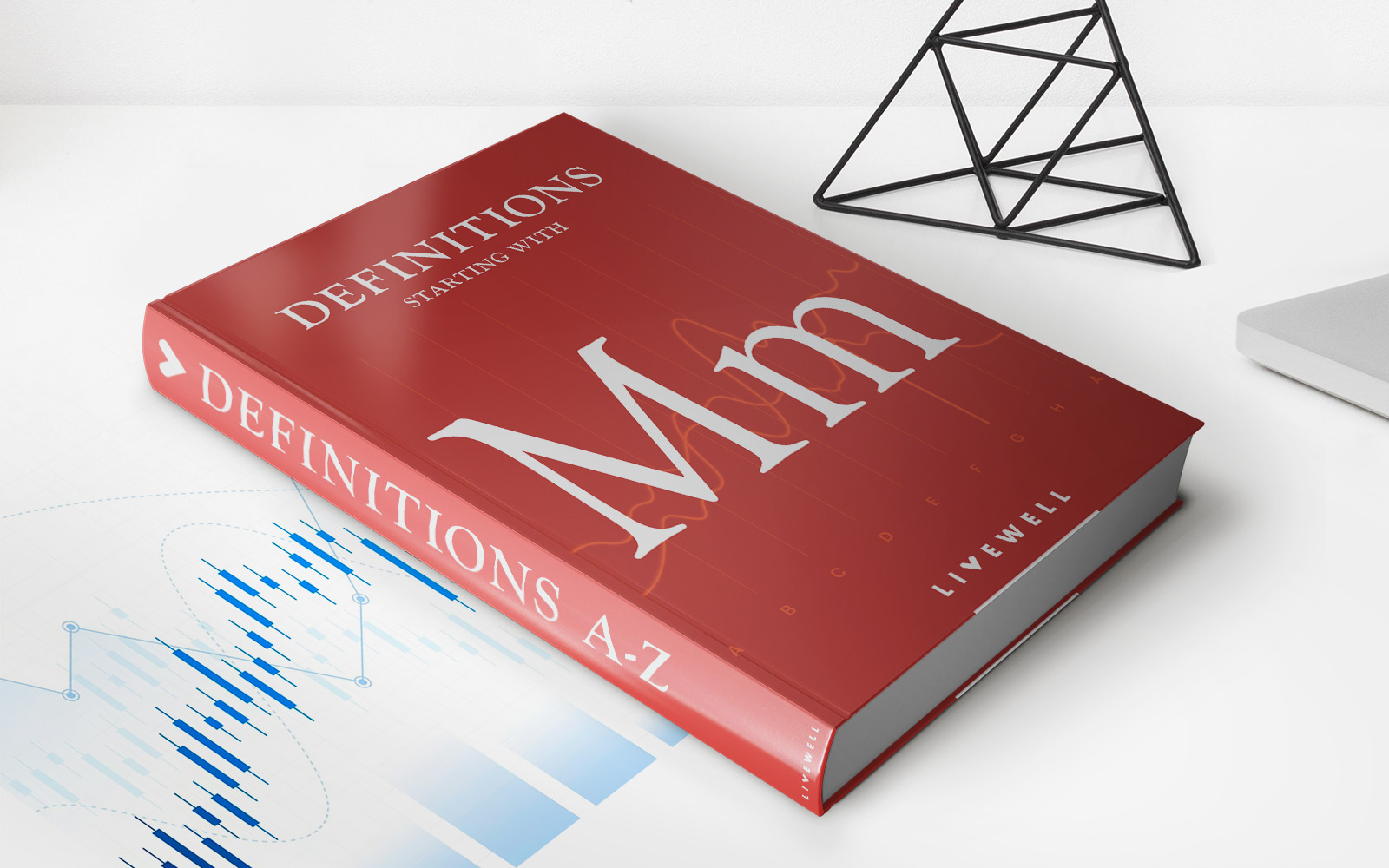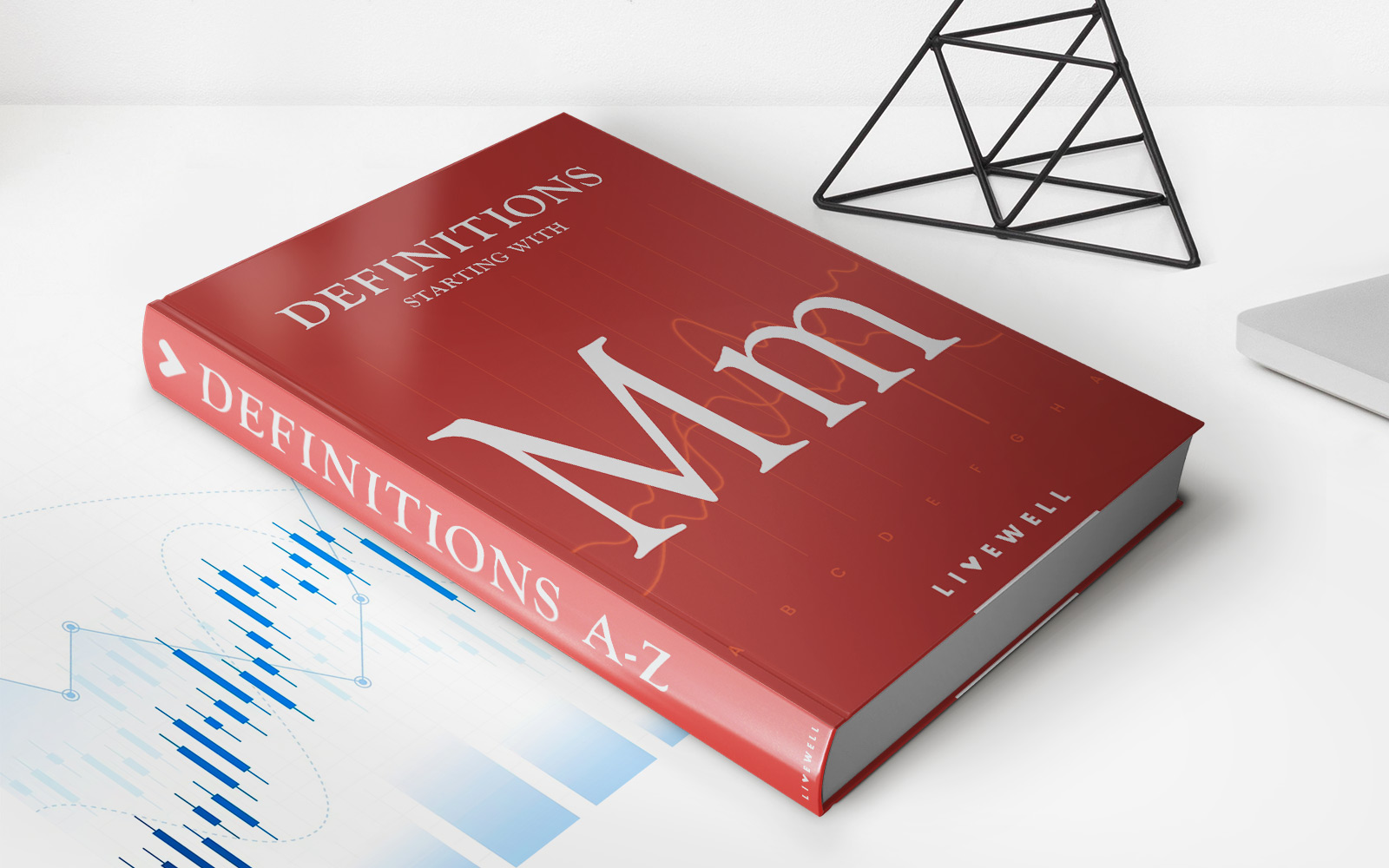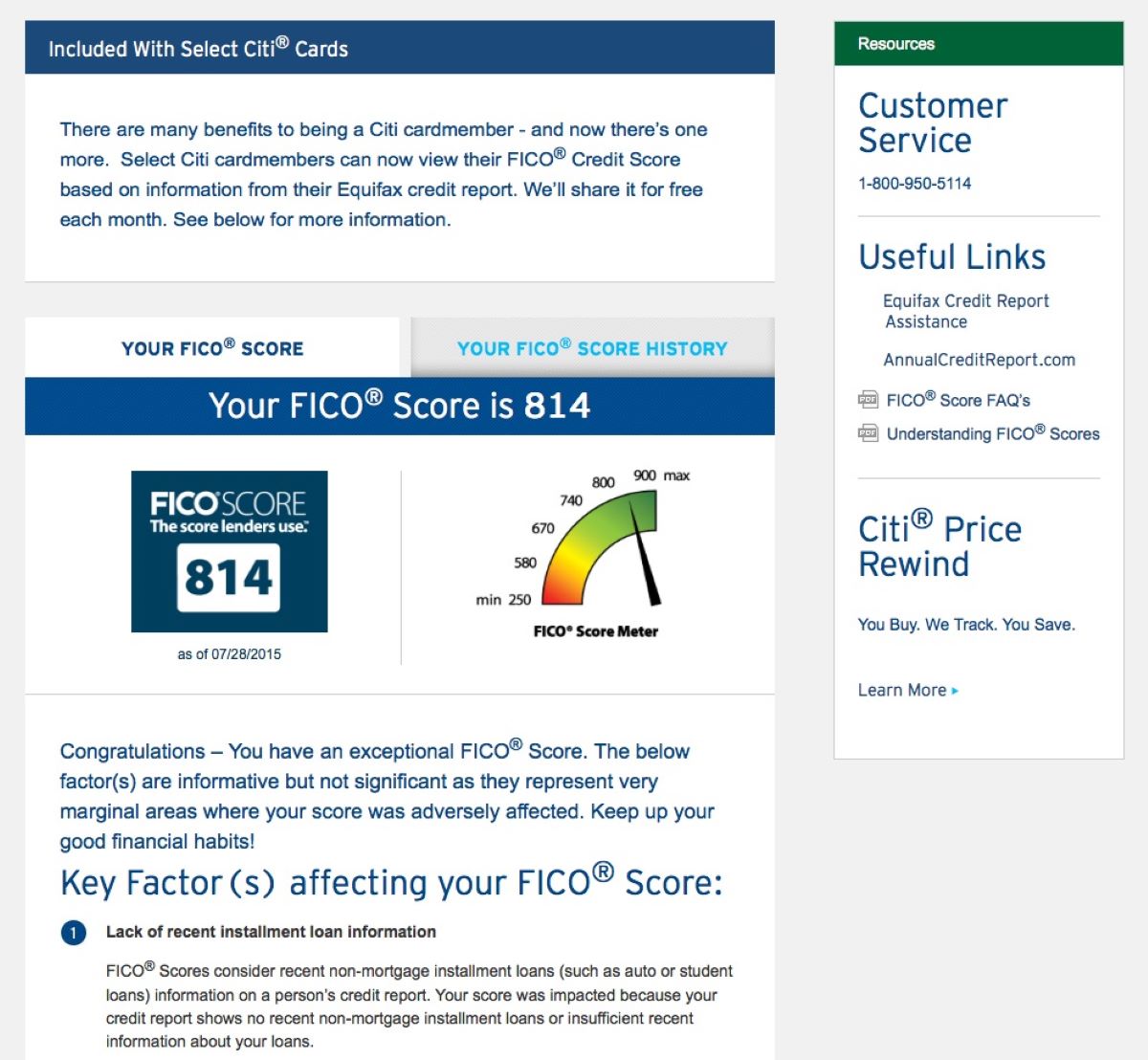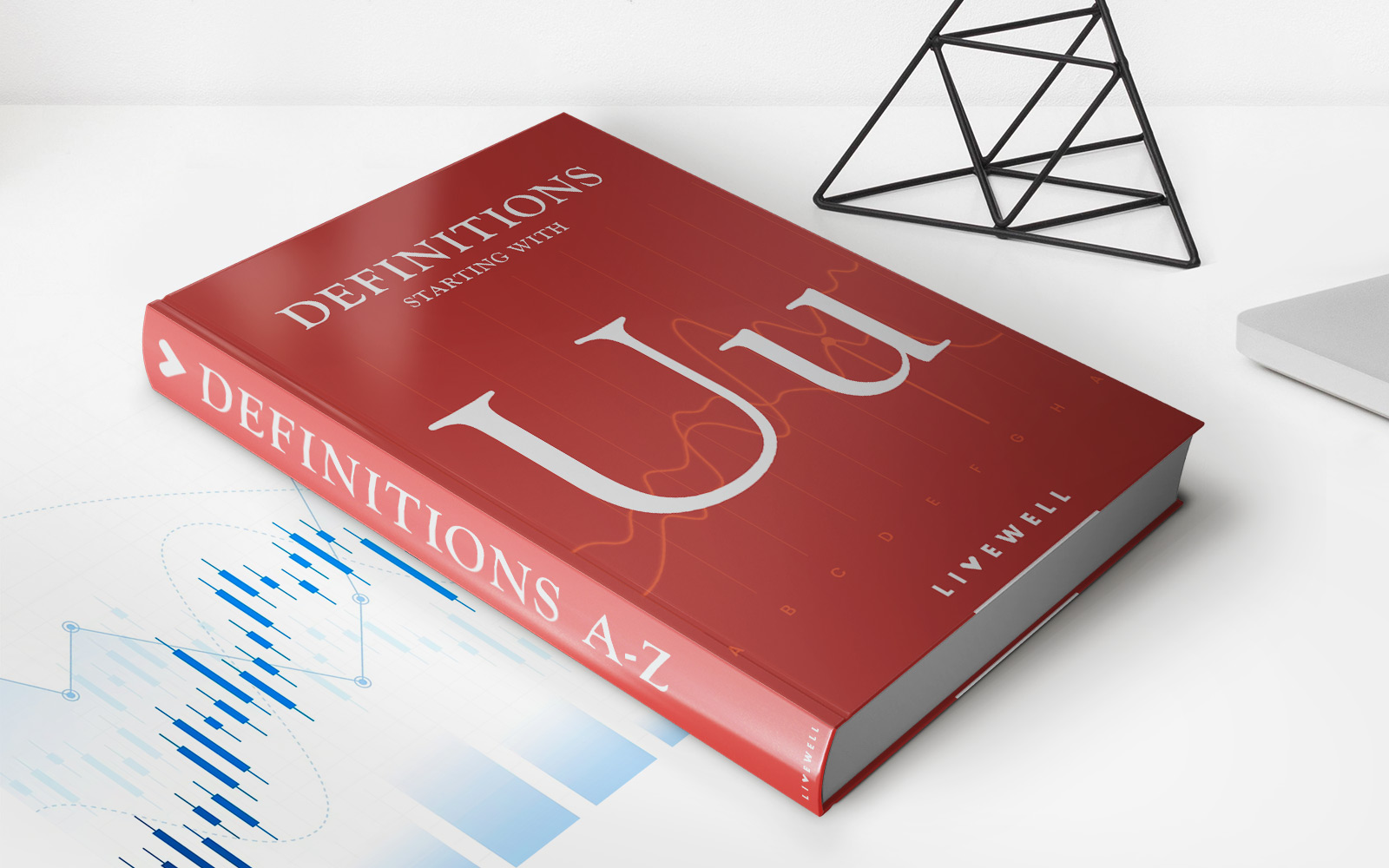

Finance
Best Efforts Mortgage Lock Definition
Published: October 15, 2023
Looking for a clear definition of mortgage lock in finance? Get the best advice and strategies for managing mortgage rates with our expert guidance.
(Many of the links in this article redirect to a specific reviewed product. Your purchase of these products through affiliate links helps to generate commission for LiveWell, at no extra cost. Learn more)
Unlocking the Secrets of Best Efforts Mortgage Lock
When it comes to navigating the world of finance, understanding the different terminology is key. One commonly used term in the mortgage industry is the “Best Efforts Mortgage Lock.” But what exactly does it mean? In this blog post, we will delve deeper into this concept to help demystify it for you.
Key Takeaways:
- Best Efforts Mortgage Lock is a commitment between a lender and a borrower to secure a mortgage interest rate for a specified period.
- This type of lock provides more flexibility compared to a mandatory lock, but it also carries a higher risk for the lender.
Now, let’s take a closer look at what a Best Efforts Mortgage Lock entails and why it matters to homebuyers and lenders alike.
What is a Best Efforts Mortgage Lock?
A Best Efforts Mortgage Lock is a contractual agreement between a lender and a borrower to secure an agreed-upon mortgage interest rate for a specific period of time. Typically, this lock-in period is anywhere from 30 to 60 days, allowing the borrower to secure a favorable interest rate during that timeframe.
Unlike a mandatory lock, where the lender is obligated to fund the loan regardless of market conditions, a Best Efforts Mortgage Lock gives the lender more flexibility. It allows the lender to evaluate the market and the borrower’s creditworthiness before deciding whether to proceed with the loan.
During the Best Efforts Mortgage Lock period, the lender will monitor and track market changes to ensure that the locked-in interest rate remains competitive. If the interest rates decrease before closing, the borrower will receive the benefit of the lower rate. However, if interest rates increase, the locked-in rate will protect the borrower from paying higher rates.
Why Does Best Efforts Mortgage Lock Matter?
Now that we understand what a Best Efforts Mortgage Lock is, let’s explore why it matters to both homebuyers and lenders:
For Homebuyers:
- Flexibility: Unlike mandatory locks, which may limit the borrower’s ability to switch lenders, a Best Efforts Mortgage Lock provides flexibility in case better terms become available.
- Rate Protection: By locking in an interest rate, homebuyers are shielded from potential rate hikes.
For Lenders:
- Risk Mitigation: Best Efforts Mortgage Locks allow lenders to assess the borrower’s creditworthiness and the market conditions before committing to funding the loan.
- Increased Borrower Confidence: By offering a Best Efforts Mortgage Lock option, lenders can attract borrowers who value flexibility and rate protection.
Understanding the Best Efforts Mortgage Lock definition is crucial for both homebuyers and lenders. It provides a level of security and flexibility during the mortgage process, ensuring a more informed decision-making process for all parties involved.
In conclusion, a Best Efforts Mortgage Lock is an agreement between a lender and a borrower to secure a mortgage interest rate for a specific time period. It offers flexibility and rate protection for homebuyers while allowing lenders to mitigate risk and attract confident borrowers. Now that you are armed with this knowledge, you can confidently navigate the complex world of mortgage locks.
